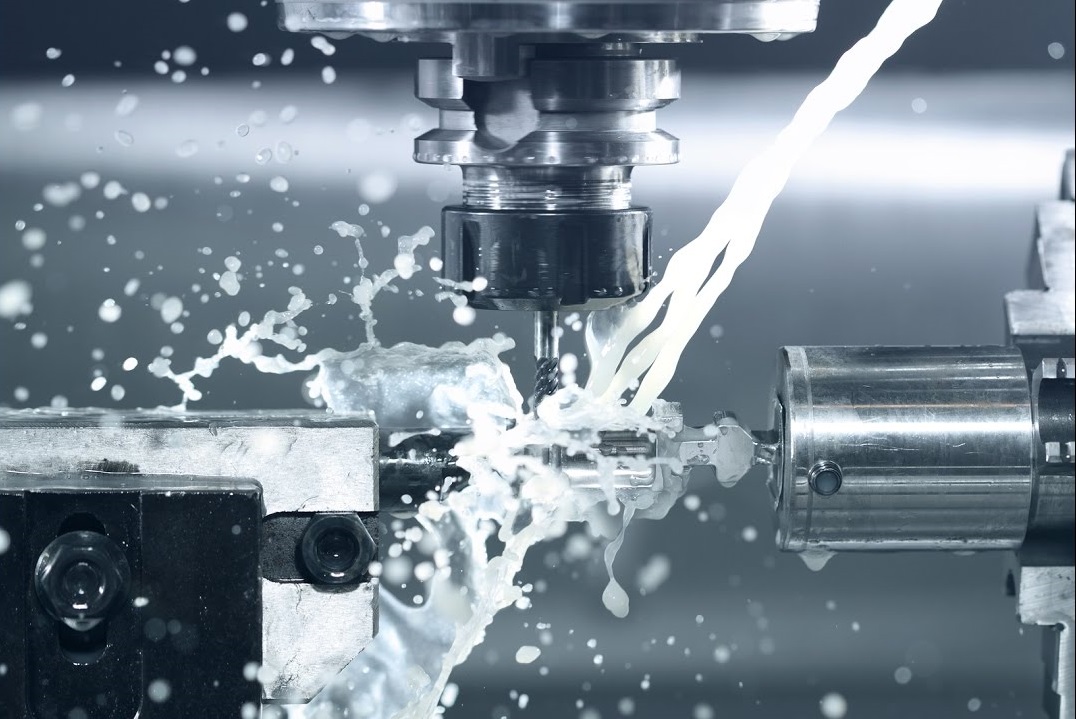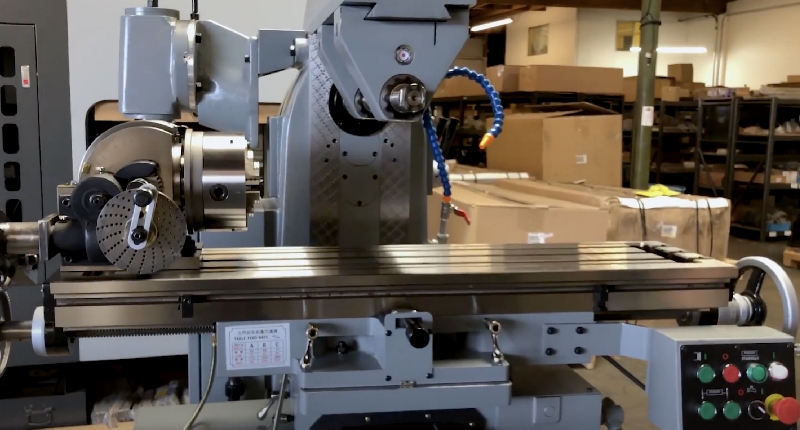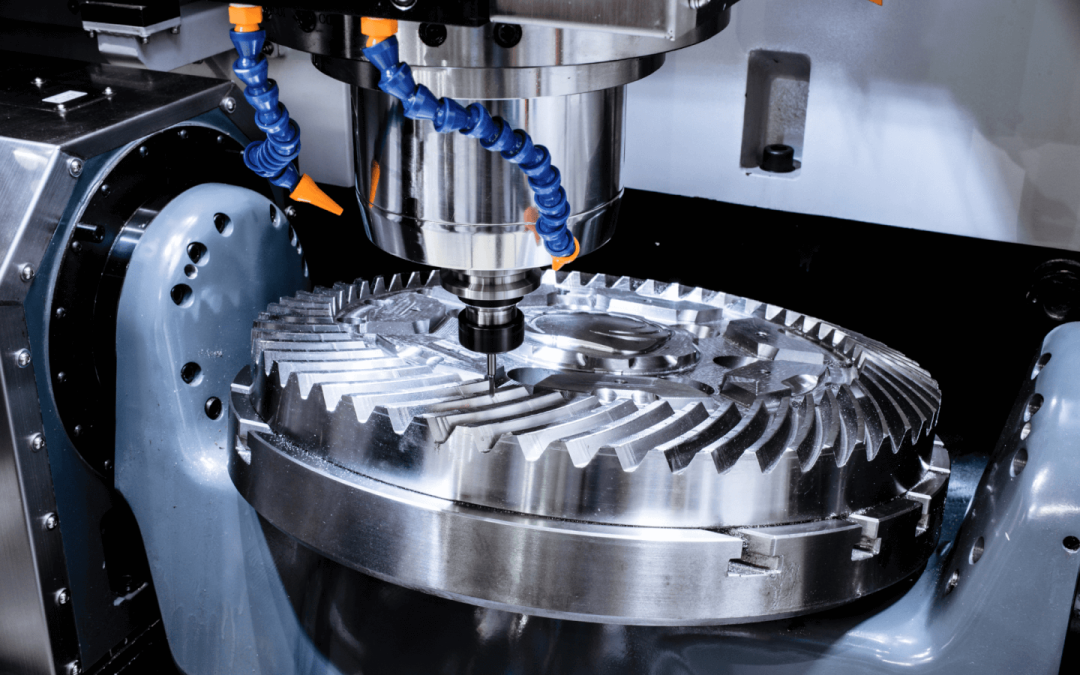Resurfacing a milling machine table is a crucial process that ensures precision and efficient operation. Industry QA professionals and engineers understand the importance of maintaining a smooth and flat table surface. This guide will delve into the approved methods and the technology involved in resurfacing a milling machine table.

Why Resurfacing Matters
A properly resurfaced table guarantees accuracy in machining. Regular use can cause wear and tear, leading to an uneven table surface. This results in inaccurate measurements and potentially flawed machining operations.
Preparation for Resurfacing
1. Safety Precautions
Before starting the resurfacing process, ensure that you follow safety protocols. Wear protective gear and make sure all power sources are disconnected to prevent accidents.
2. Inspect the Table
Inspect the milling machine table thoroughly to determine its condition. Look for any visible damage, rust, or deep scratches that need to be addressed.
Resurfacing Process
1. Cleaning the Table
Start by cleaning the table surface. Use a degreaser to remove any oil or contaminant layers. A clean surface is essential for an effective resurfacing operation.
2. Grinding the Surface
Use a surface grinder to level the table. This step removes any high spots and smooths out imperfections. Ensure consistent grinding pressure to achieve a uniformly flat surface.
3. Measuring Flatness
After grinding, measure the table’s flatness using a dial indicator or a straightedge. This ensures that the table is within the required tolerance levels.
Technological Advancements
Modern technology has introduced tremendous advancements in resurfacing techniques. CNC machines and specialized resurfacing tools provide higher precision and efficiency.
4. Utilizing CNC Machines
CNC machines offer automated precision in resurfacing. These machines are programmed to achieve the exact specifications required for the milling table.
5. Laser Resurfacing
Laser resurfacing technology is another innovative method. It ensures minimal material removal and offers unparalleled smoothness.
Post-Resurfacing Steps
1. Cleaning and Lubrication
Once resurfaced, clean the table thoroughly and apply a protective lubricant. This prevents rust and maintains the table’s condition.
2. Quality Control
Conduct a final inspection to ensure that the resurfacing process meets the required standards. Any discrepancies should be addressed immediately.
Maintaining Your Milling Machine Table
1. Regular Inspections
Regularly inspect your milling machine table for wear and tear. Early detection of issues can prevent major resurfacing operations.
2. Proper Usage
Use the table within its specified limits. Overloading or improper use can accelerate wear and lead to frequent resurfacing needs.
Conclusion
Resurfacing a milling machine table is a detailed process that requires precision and the right technology. By following these steps and maintaining your table, you can ensure optimal performance and longevity.

FAQs
How often should I resurface my milling machine table?
The frequency depends on the usage and the type of operations performed. Regular inspections can help determine when resurfacing is needed.
Can I resurface the table myself?
Yes, with the proper tools and knowledge, you can perform resurfacing yourself. However, for extensive resurfacing or if you’re unsure, it’s best to consult professionals.
What are the signs that my milling machine table needs resurfacing?
Look for uneven surfaces, visible scratches, or inconsistent machining results. These are indicators that resurfacing may be necessary.
For more detailed information, you can visit this guide.
For more details, explore our related articles on paint inspection, semiconductor polishing, and genetic analysis.
